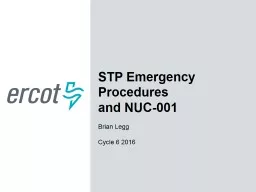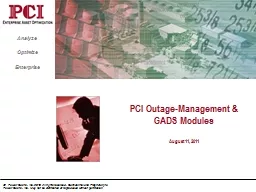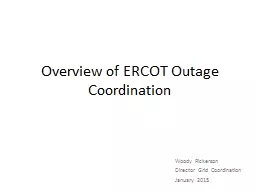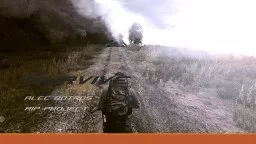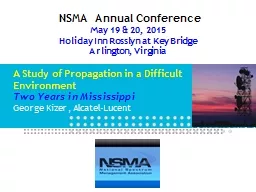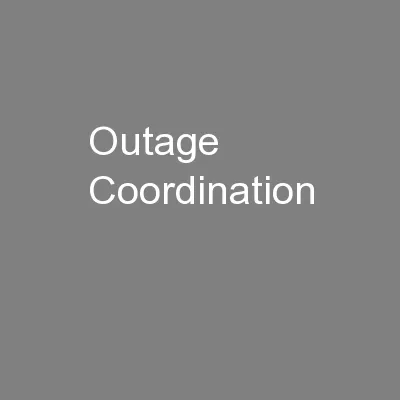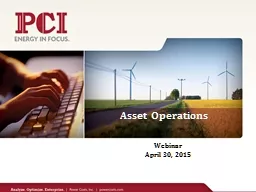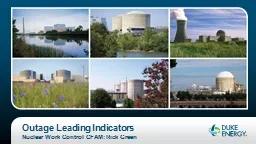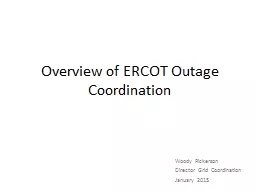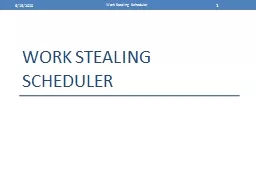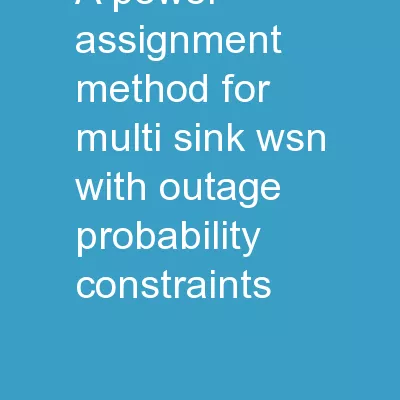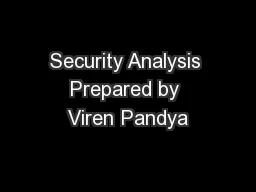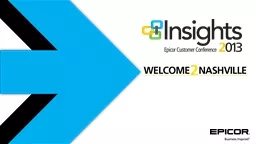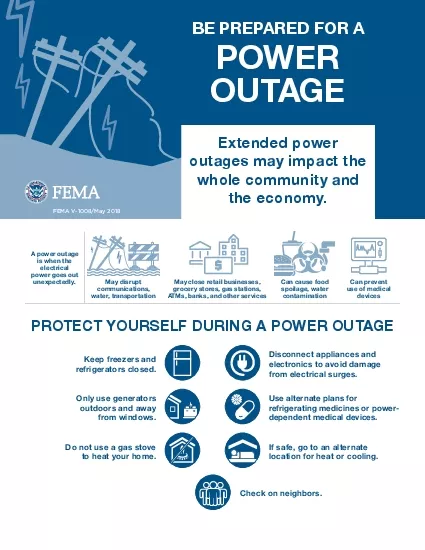PPT-Outage Scheduler
Author : test | Published Date : 2017-10-02
Matt Carter amp Victor Vaughn Garland Power amp Light 2017 ERCOT Operator Training Seminar Learning Objectives Identify new features of the Outage Scheduler Application
Presentation Embed Code
Download Presentation
Download Presentation The PPT/PDF document "Outage Scheduler" is the property of its rightful owner. Permission is granted to download and print the materials on this website for personal, non-commercial use only, and to display it on your personal computer provided you do not modify the materials and that you retain all copyright notices contained in the materials. By downloading content from our website, you accept the terms of this agreement.
Outage Scheduler: Transcript
Download Rules Of Document
"Outage Scheduler"The content belongs to its owner. You may download and print it for personal use, without modification, and keep all copyright notices. By downloading, you agree to these terms.
Related Documents

